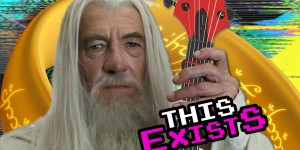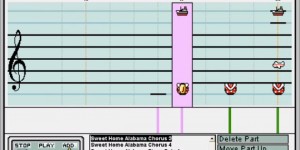Let us teach you about Power Metal
by Tyler Munro
April 17, 2012
Today is the much heralded/maligned release of The Power Within, Dragonforce’s new album, their 5th in total, and first with new singer Marc Hudson. So far early buzz for the album has been surprisingly positive given the malice that’s followed the band since their Inhuman Rampage days. But while the release is being billed as both a step in a new direction and a return to their earlier days, it’s at once neither and both. The Power Within isn’t a bad album, and its sound certainly falls somewhere between the gallivanted melodies of Valley of the Damned and frenetic urgency of Sonic Firestorm. But its all in all an example of power metal at its lowest common denominator. The melodies are interchangeable if not forgettable, with the lyrics blurring through references to glory, eternity, spirit and flames. But to understand how Dragonforce exploits the basic elements of power metal, we should probably give you guys a quick through on what power metal is.
Simply put, it’s a largely fantastical extension of traditional metal, which itself can often be divided into two interpretations. Vocally, most singers draw reference to either Geoff Tate (of Queensryche) or Bruce Dickinson, typically opting for either an emphasis on range and falsetto or power and delivery. Musically, all power metal is carried by a strong, galloping backbone, though the American interpretation of the genre tends to speed things up with a lot more double kick while European bands tend to slow things down with a more ballad oriented approach. Most often, however, the two sounds will meet somewhere in the middle.
Where the line blurs is the subject matter: like we said, power metal is usually (but not exclusively) of a fantastical nature. It’s not uncommon to hear entire albums written around elves or wizards, and bands like Rhapsody of Fire have made careers off sprawling, Tolkien-inspired multi-album epics. And because so much of the genre is written around subject matter that’d make even the most dedicated of Dungeons & Dragons players blush, their comes with the music a hefty dose of cheese. That’s where many metalheads bury their heads in the sand.
Ultimately though, not all power metal is cheesy and not everything cheesy is bad, so we decided we’d give you a quick run through of the genre’s finest examples. This isn’t a ranking of its best albums nor is it an attempt to cover every base. Instead, consider us the dungeon master to a quest book. Fans of the genre, remember this: we’re laughing with you, not at you. For the most part.

Helloween’s Keeper of the Seven Keys albums (Part 1 in 1987, Part 2 in 1988) helped distinguish power metal from speed metal with Michael Kiske’s operatic vocals somehow complimenting the band’s heady pace and sometimes less-than-serious lyrics. Perhaps the prime example of the expansion of Iron Maiden’s sound earlier is “Halloween,” a 14-minute epic off the first Keeper album. Founding member Kai Hansen left to form Gamma Ray after the second Keeper album, but he’d never reach the same heights as he did with Helloween. Listen to “Halloween” here. Fans of Dragonforce might find the band’s trade-off solos at the end to be more than a little familiar.

Running Wild were singing songs about the pirate life long before bands like Alestorm and Swashbuckle started humiliating themselves with silly hats and gimmicky, tepid songs, and while Death Or Glory isn’t the best example of their power metal phase (that goes to Black Hand Inn), it’s probably their best album. Anyone who thinks power metal is wimpy obviously hasn’t heard the opening minutes of “Riding the Storm”.
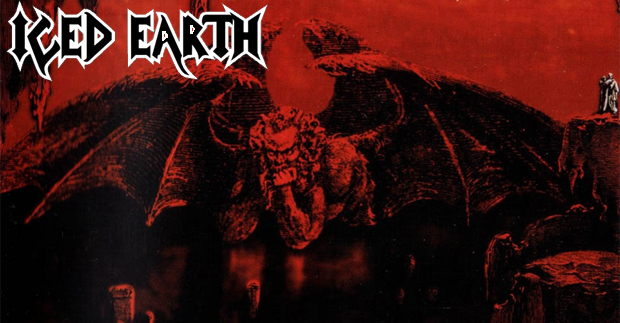
There’s a running joke in the metal community that getting into the genre comes with its own Iced Earth shirt, and albums like Night of the Stormrider and Burnt Offerings might be why. The latter of the two was the band’s first real foray into power metal, though its title track made sure fans knew Jon Shaffer’s thrashy roots hadn’t gone anywhere.
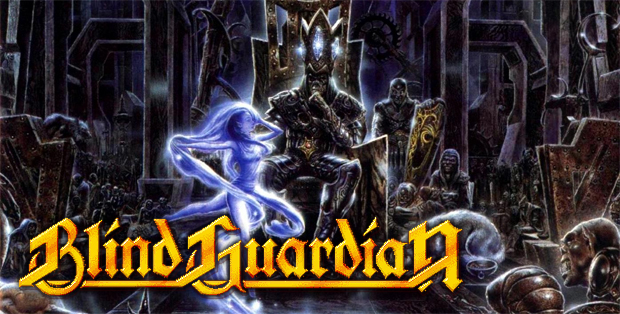
Remember how we said some power metal was based on the work of J.R.R. Tolkien? Blind Guardian’s Nightfall in Middle-Earth is what we were talking about. Based on The Silmarillion, the album thrives where it fails. At times aggressively theatrical, nearly ever track is followed by a short interlude, and the album’s production emphasises Hansi Kürsch’s thin vocals more than it should, but just try not to sing along to “Nightfall”. Go ahead. We dare you.
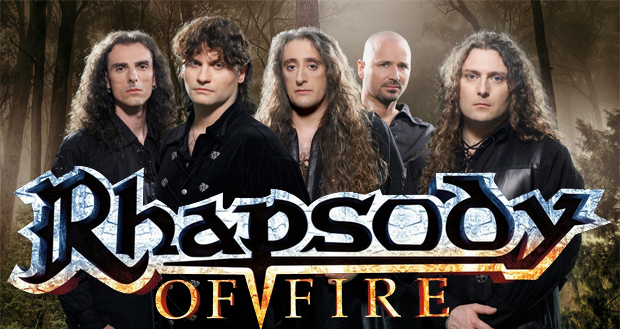
No band embodies cheesiness like Rhapsody of Fire (formerly just Rhapsody). After all, they’re the band that captivated classical actor Christopher Lee to the point of inspiring him to start his own, ridiculous metal projects. Of their lengthy discography, Symphony of Enchanted Lands might not be the best, but it’s certainly the most shining example of their unabashed enthusiasm. The crazy part? This is the short version. There’s another that’s more than ten minutes long.
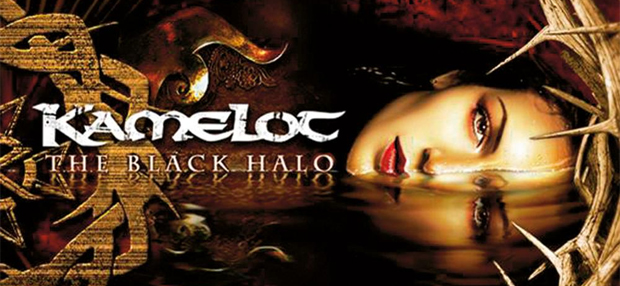
The Black Halo is Kamelot’s best album, but more than that it’s an extension of Helloween’s calculated blend between an operatic vocalist and a heavy backbone. Yes, Roy Khan sometimes sings like a drag queen, but you can’t deny his unbelievable control and power. Khan has since left the band, and while they haven’t yet broken up, listen to “When the Lights are Down” below and you’ll realize why they probably should. Dude can flat out sing.

Look in the liner notes for Awakening the World and you’ll see that Lost Horizon doesn’t have a vocalist; Ethereal Magnanimus (Earthshape Daniel Heiman) is instead responsible for “Laments of the Souls & Primal Victorious Warrior Cries.” Similarly, Transcendental Protagonist (Earthshape Wojtek Lisicki) is behind “Poesy of Spiritual Enlightenment, The Entire String Romanticism and Soulhealing Euphoria Generators.” So yes, Lost Horizon might be the silliest power metal band around. Thing is, they might also have been the best. Their first album features some of the most uplifting and earnestly enjoyable songs the genre had to offer, and the combination of Heiman’s vocals and Martin Furangen’s bass playing (sorry, Preternatural Transmogrifyer’s “Keeping of the Universe’s Pulse and Taming of Chaos”) make for an album that’s as punishing as it is spiritually satisfying. In “Heart of Storm” there’s a lyric that goes “life, baptised in metal, by the spirit of steel you are blessed,” and to that the band has to be asking…”can we get an amen?” Yes, dudes. You absolutely can.
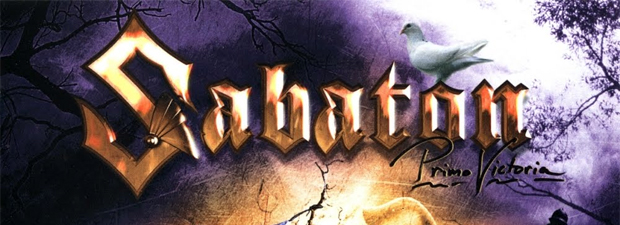
Sabaton might not be the best power metal band around, but their songs show that not everything in the genre has to sound like it came from a shitty pen and paper role playing game. Instead, these Swedes choose to sing about wars. Like, actual ones. Not only does vocalist Joakim Brodén break the mold of power metal vocalists with his rough delivery, but the title track off their 2005 album of the same name, “Primo Victoria” was written about forces storming the beaches of Normandy. Seriously, how fucking badass is that?

Before Guitar Hero skyrocketed them to the top of every metalhead’s hate list, Dragonforce was a mostly well adored band within the power metal scene, built mostly off of the cult-status of Herman and Sam’s old band, Demoniac, and the genuine likeability of Valley of the Damned, their first full length. When fans talk about The Power Within being a return to their roots, this is what they should mean. Unfortunately, the reality is closer to this. If you’d ever wondered what Dragonforce sounded like before they started to sound like a PS2 exploding, the title track off their first album is your best bet. Hell if it’s not still a joy to listen to.

As a counter-point, here’s a contemporary power metal band doing the genre the way it’s meant to be. There’s many reasons why Pharaoh’s Bury the Light made our best of February list, and “Burn With Me” might be the best of them.
Tags: Music, Featured, Lists, News, blind guardian, Dragonforce, Helloween, Iced Earth, Kamelot



